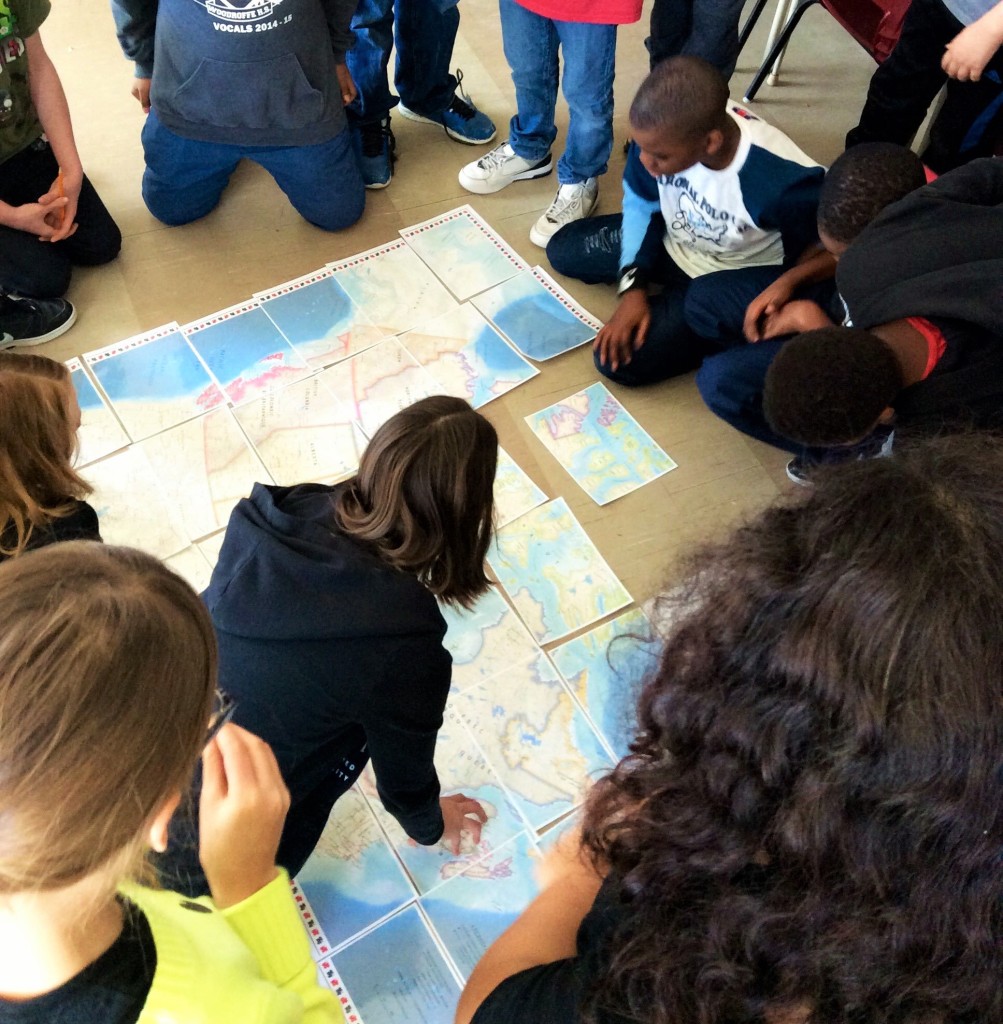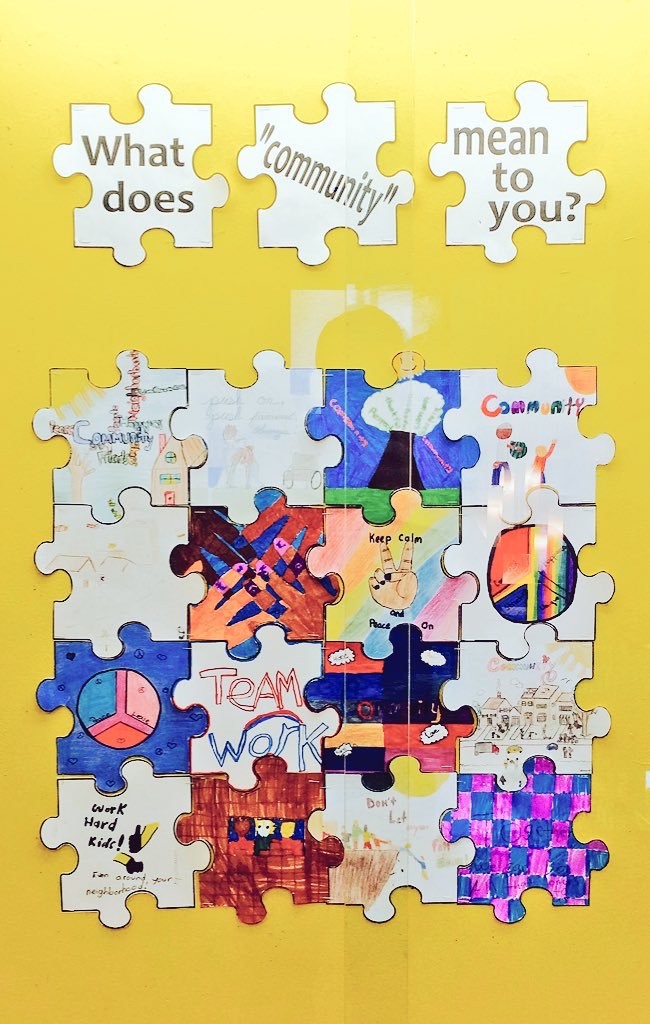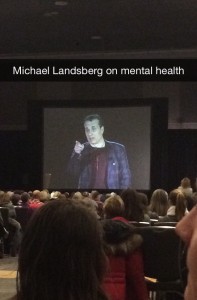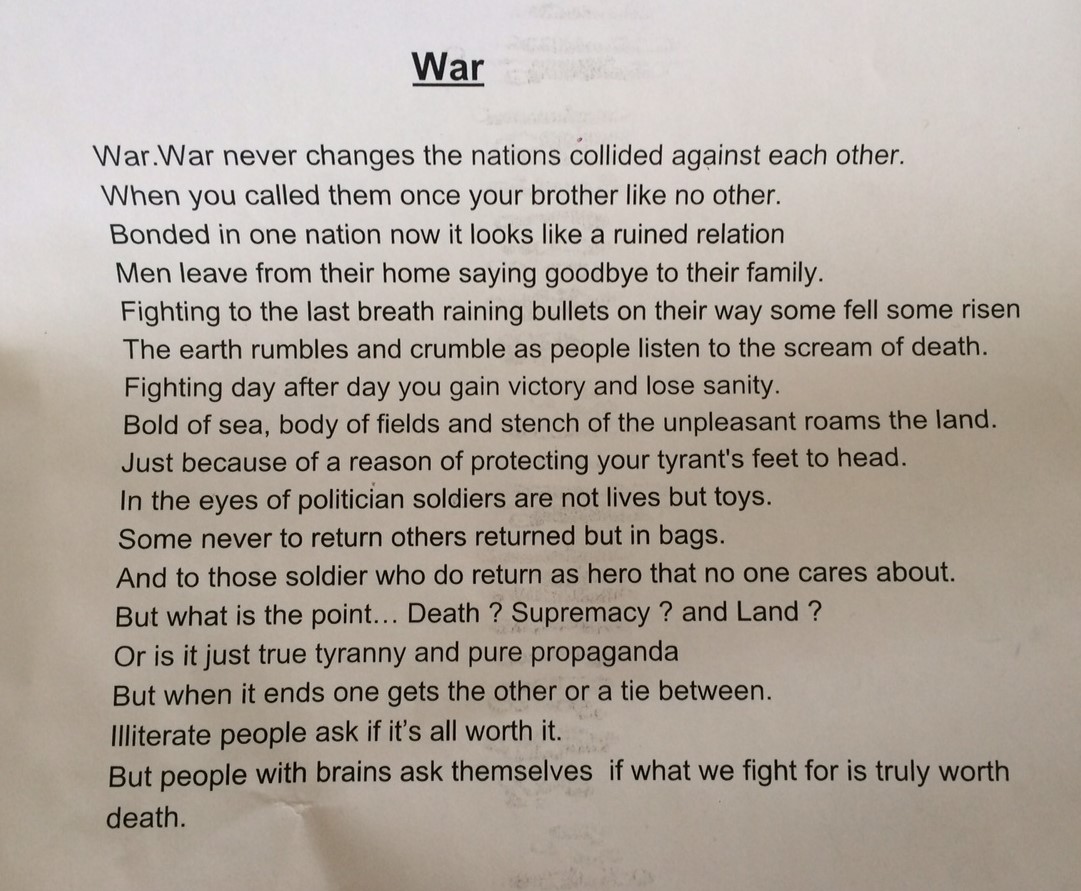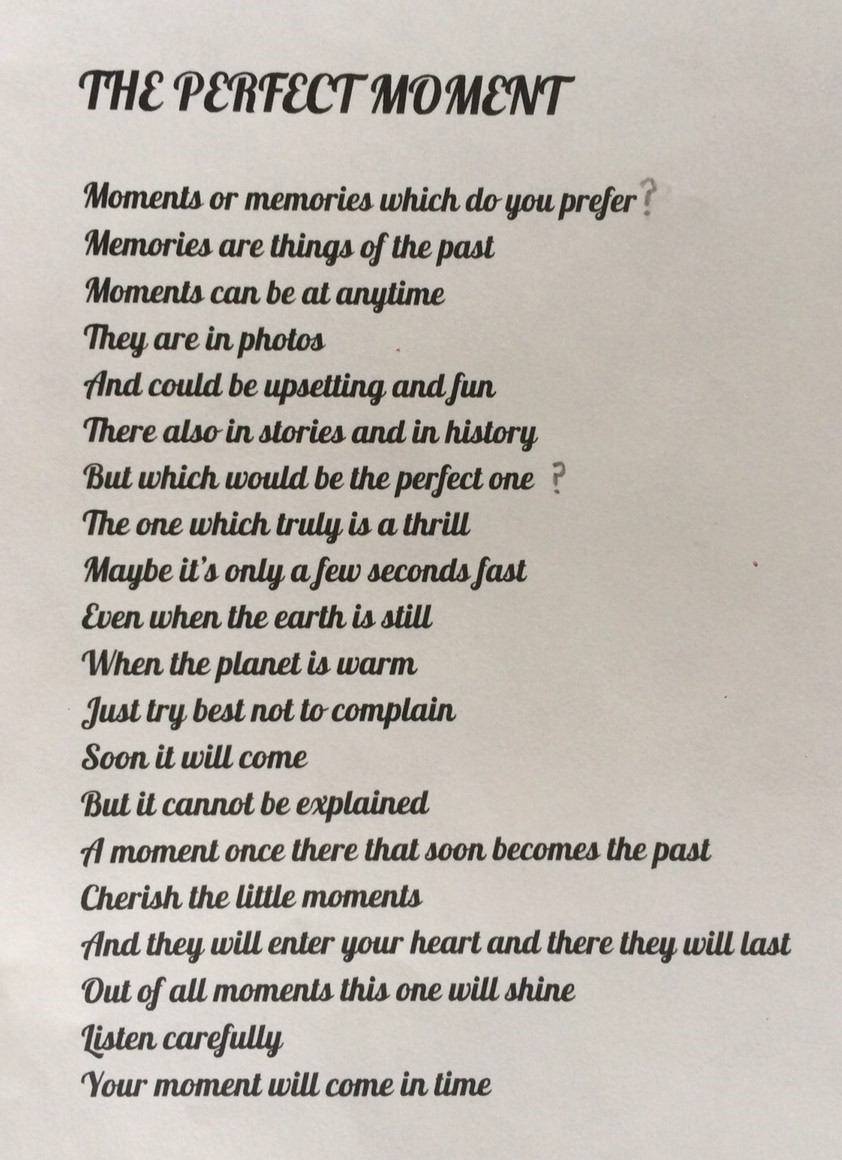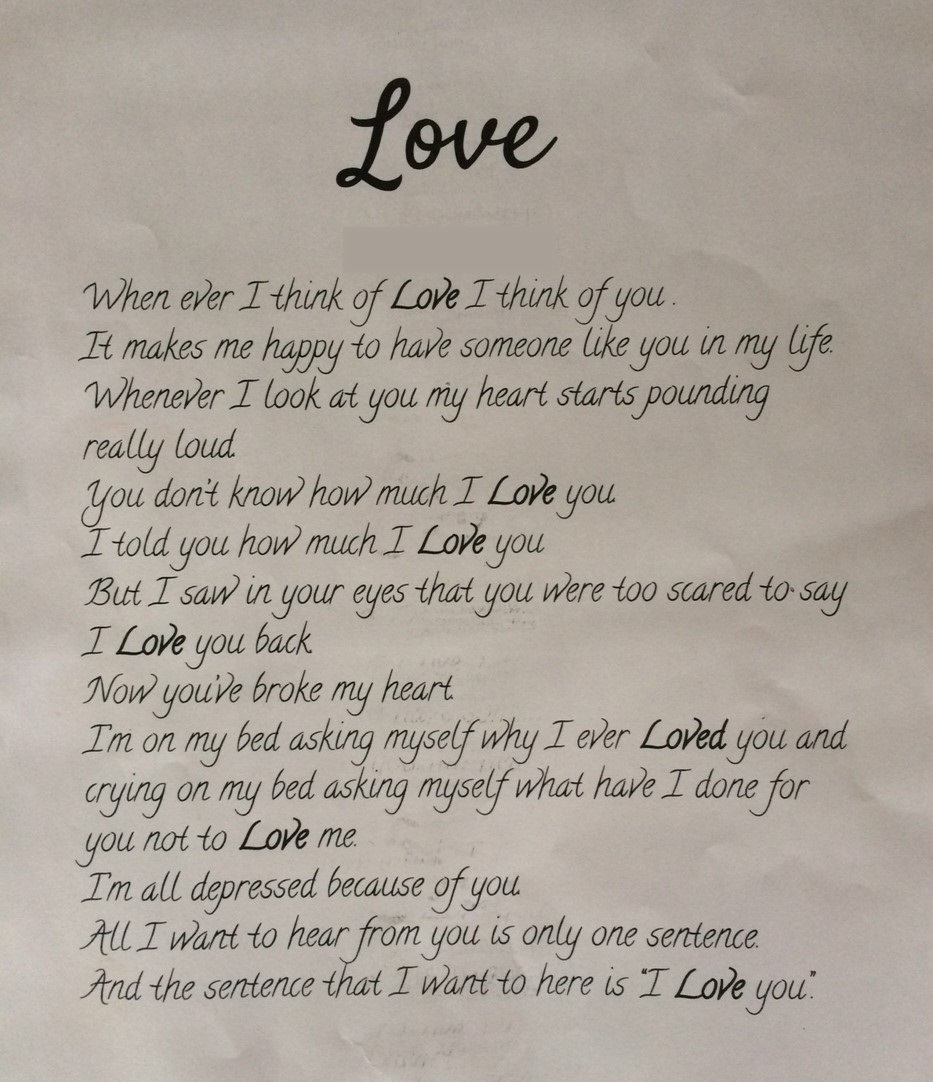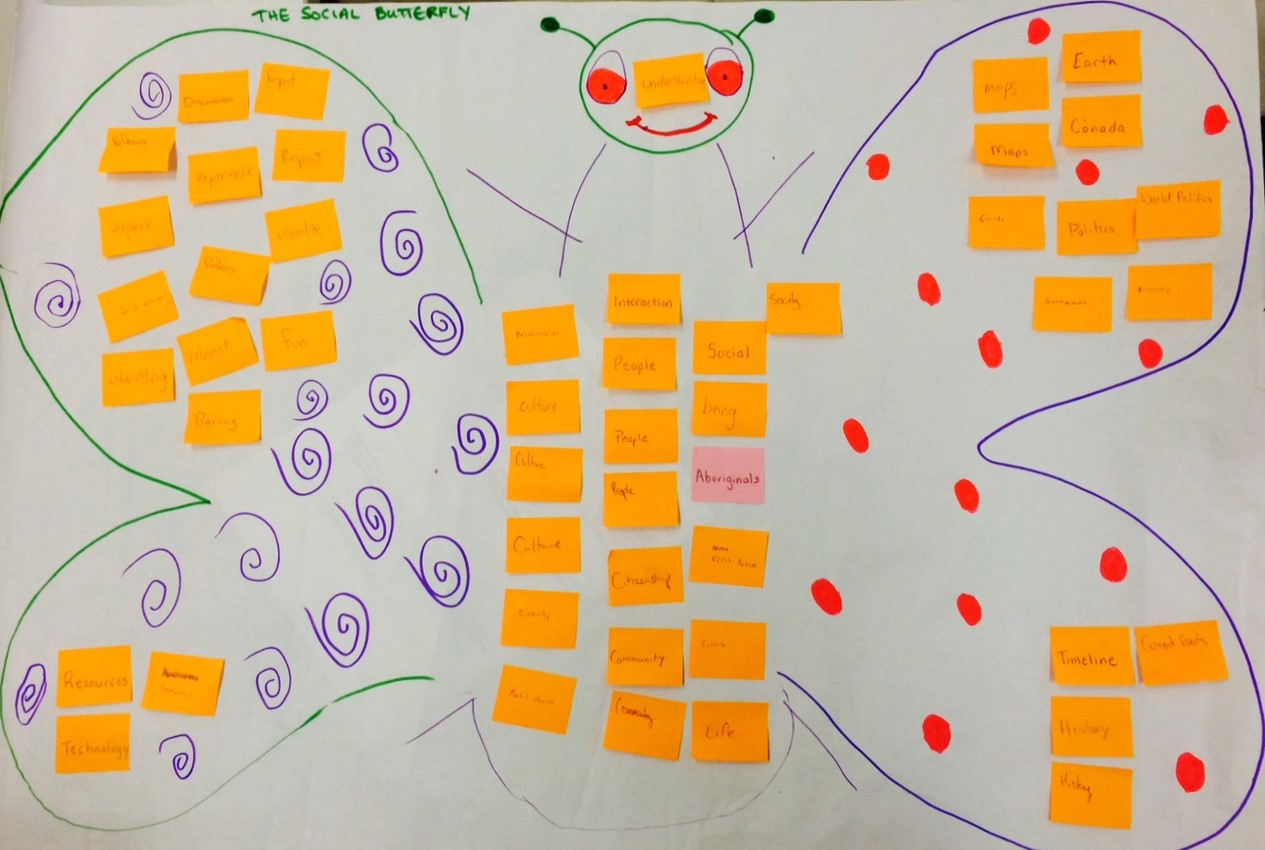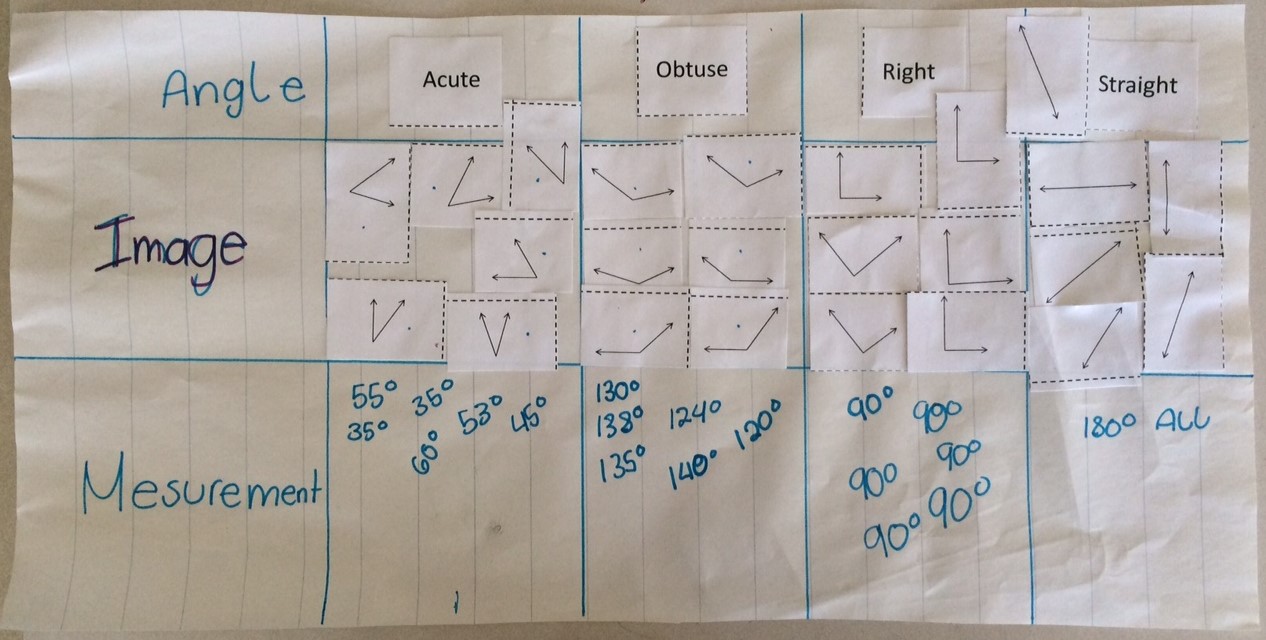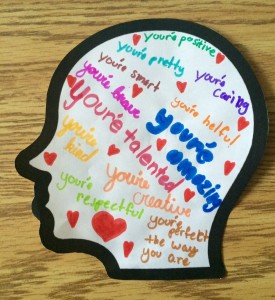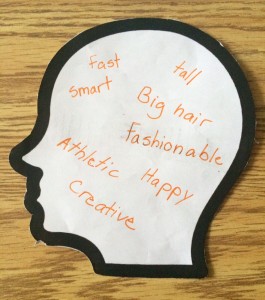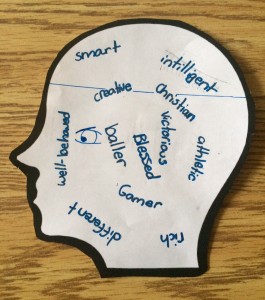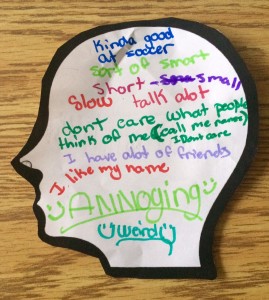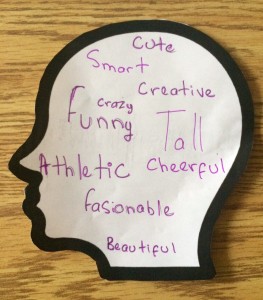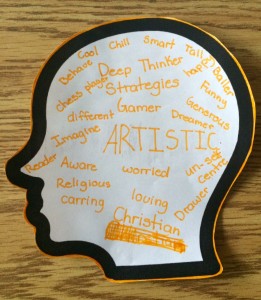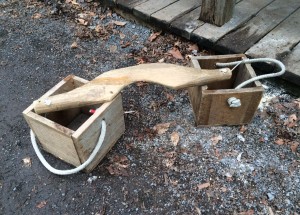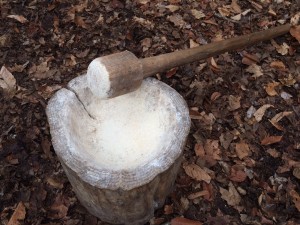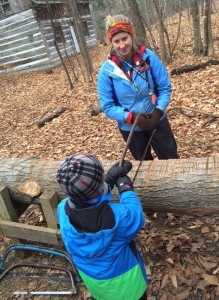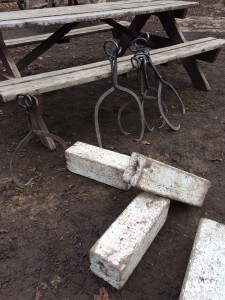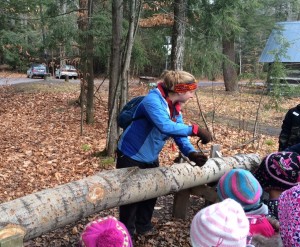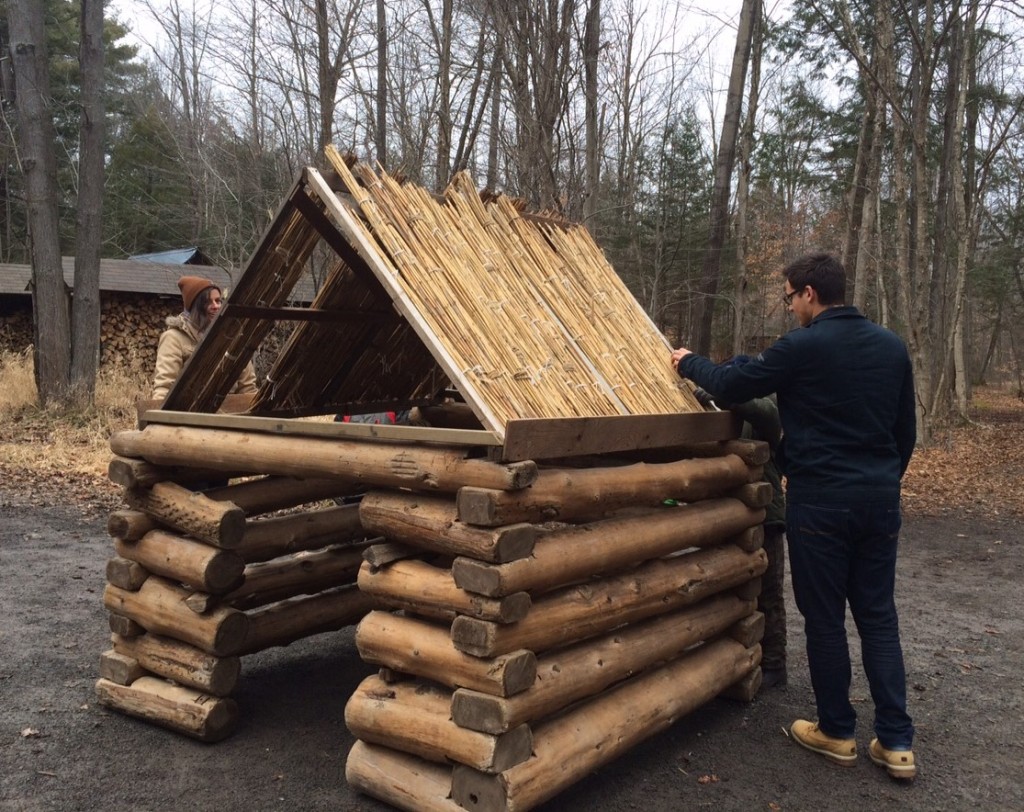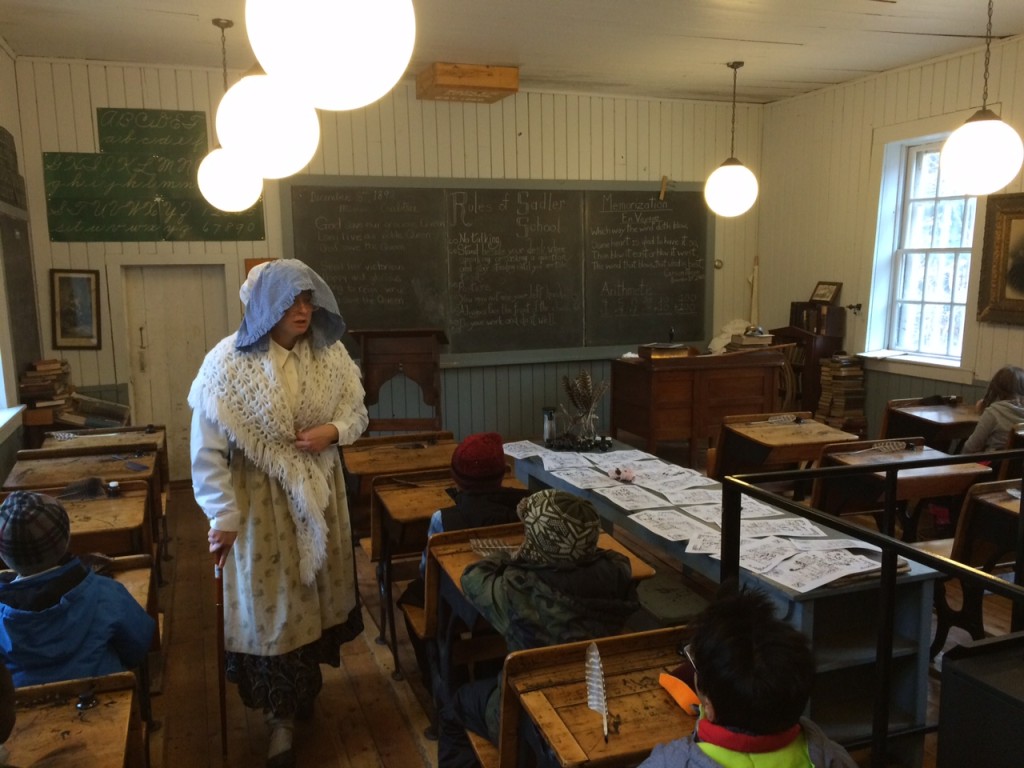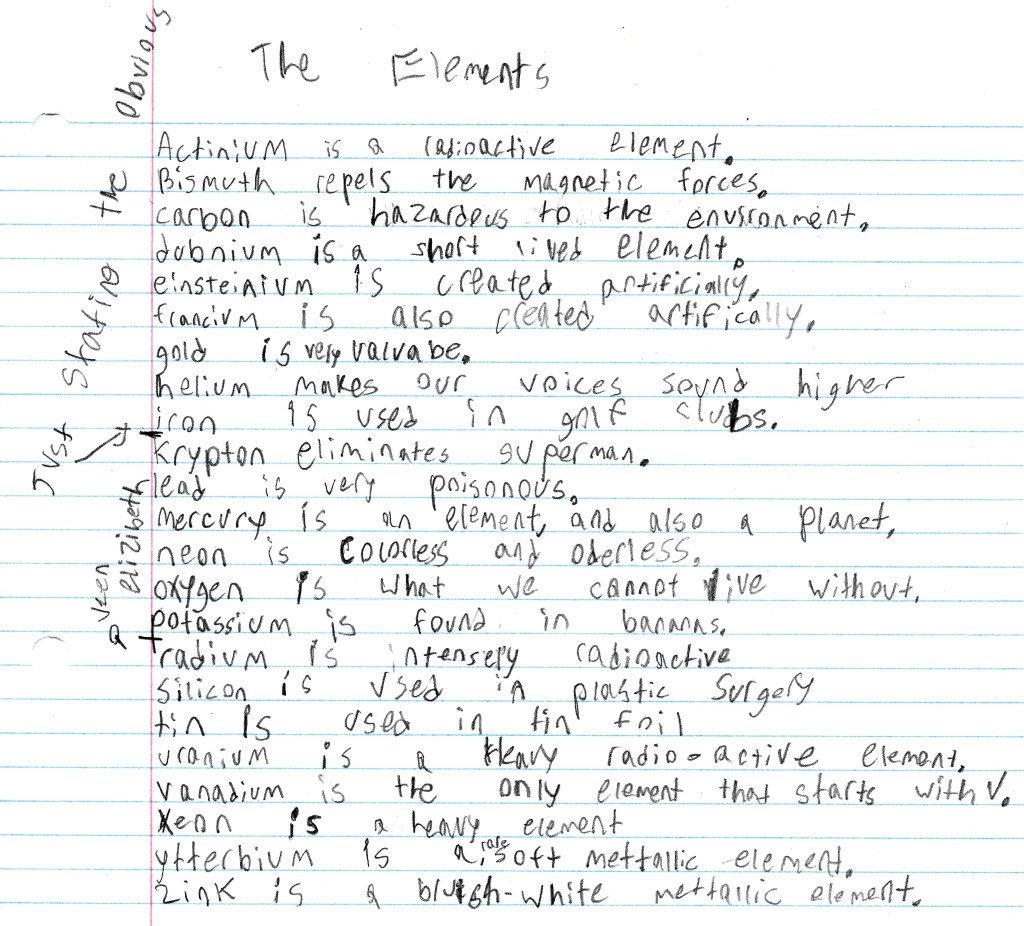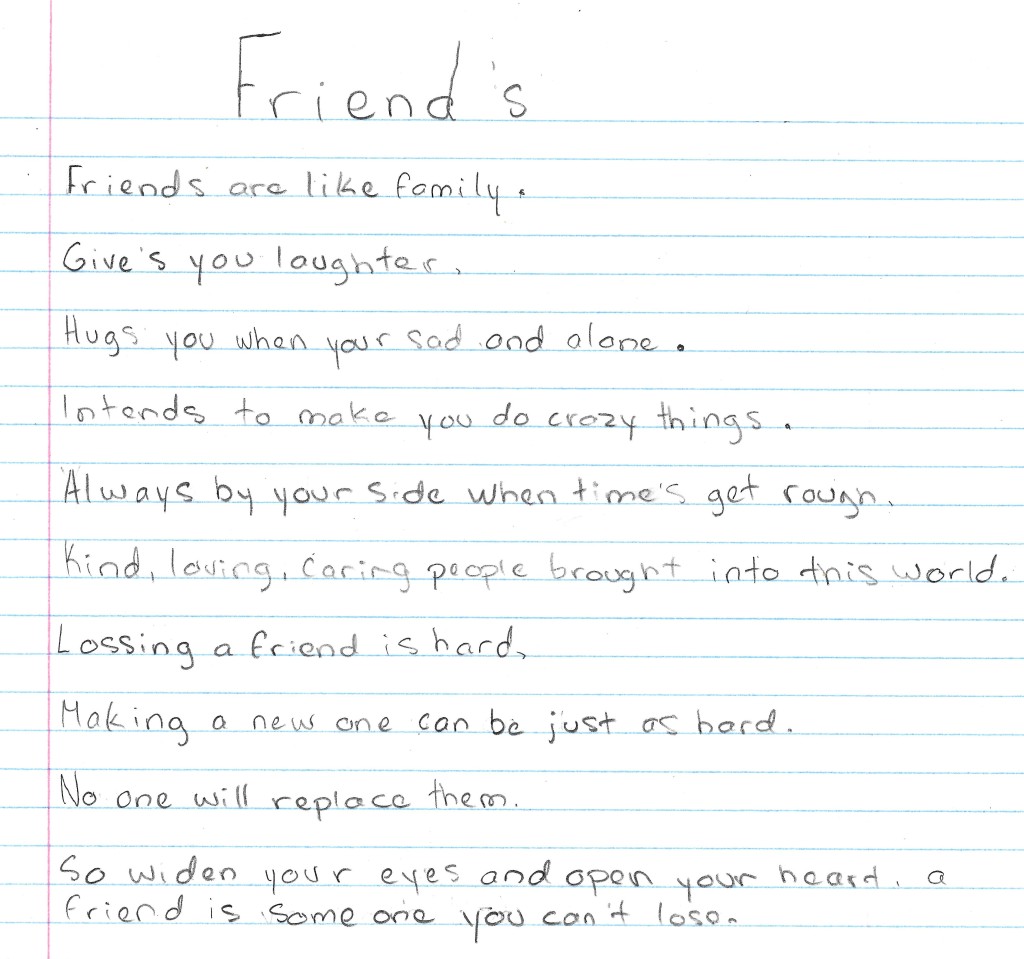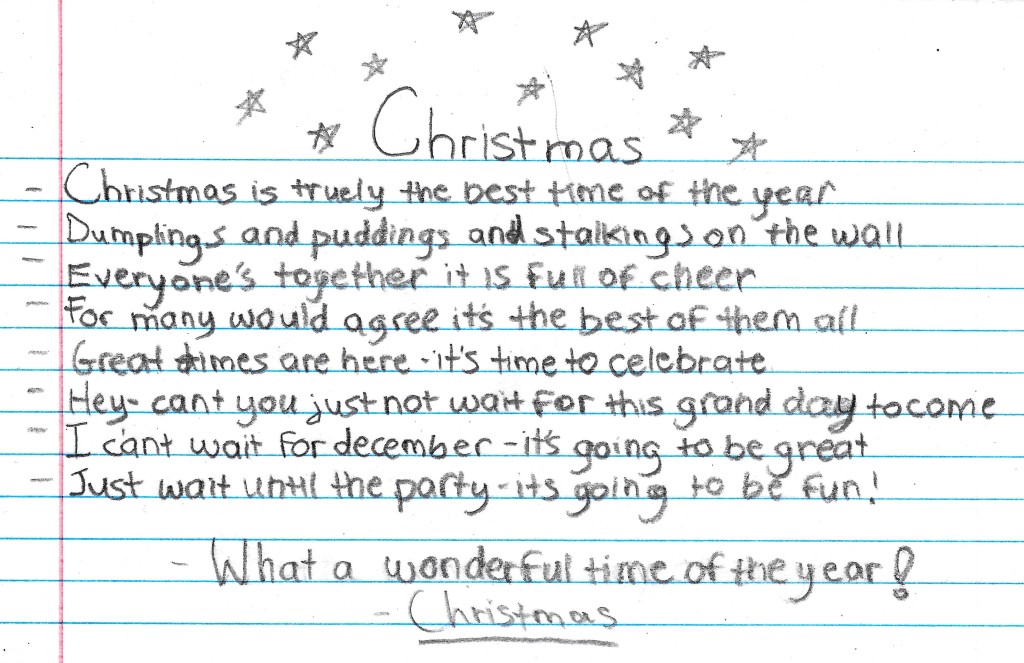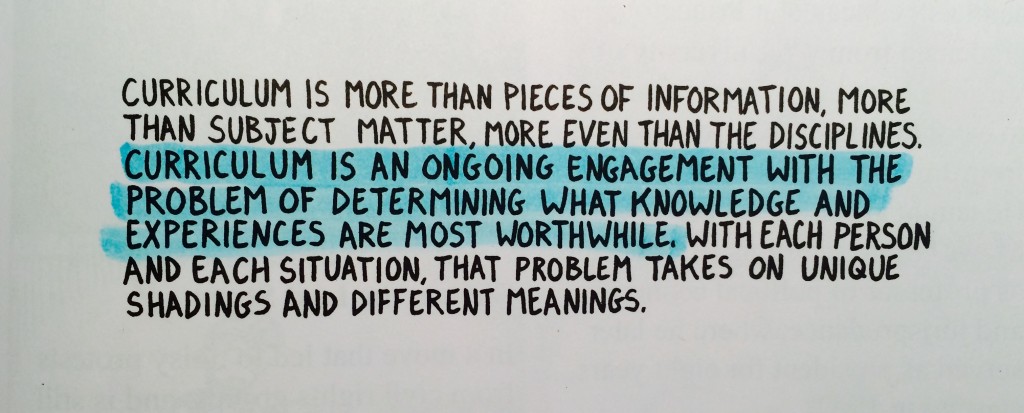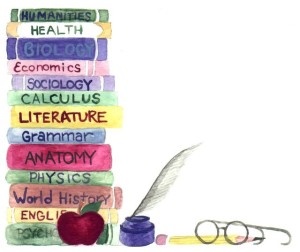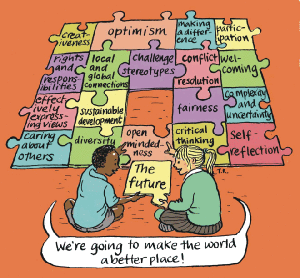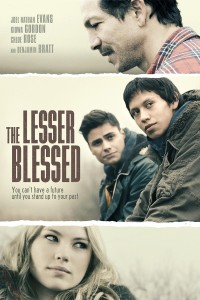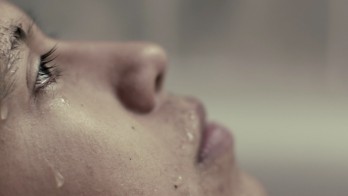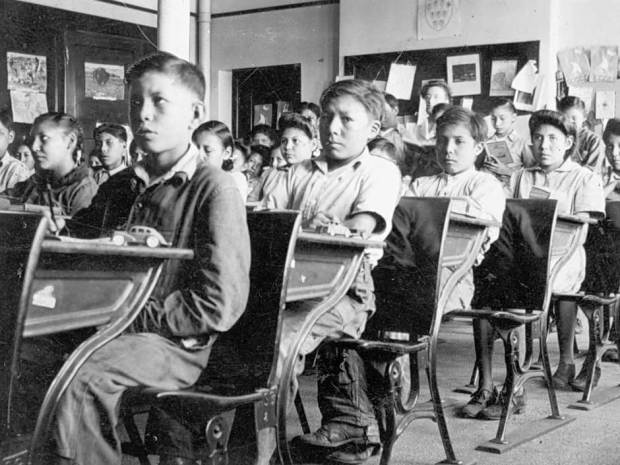Practicum Reflection: Week #2
Monday: Family Day Holiday
Tuesday: Snow Day
Wednesday: Snow Day

This week was a short week, but a good week! My goal going into the second week of practicum was to truly understand each of my students and where they were at academically. Working at Pinecrest Public School has really opened my eyes to the necessity that is differentiation, since one individual classroom could have as many as 7 or 8 students working below grade level, with the other students’ learning being affected because of that. The importance of getting to know my students’ level of learning was so that I could allow each student to experience success, whatever that is for them academically.
The first thing I did was reviewed my students’ Individualized Education Plans (IEPs). In my classroom alone, I have 8 IEPs, 3 of which are modified. Reading through the IEPs allowed me to review what had been documented in the past, such as psychological evaluations, ways in which students’ learning is to be accommodated or modified, and what specific goals each student has outlined for the current term. With this knowledge, I was able to gain a better sense of how student learning could be differentiated in order to be successful.
During this week, I was able to implement various differentiation techniques, such as read-alouds, collaborative learning (pairs or small groups), graphic organizers, visuals (artifacts, PowerPoint presentations, videos), and devices such as chrome books. With this differentiated teaching, I was able to see a shift in the classroom culture, in both the students’ performance and efficiency, since I started my practicum.
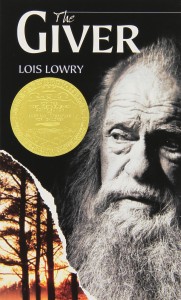 This week, we started our novel study of The Giver. Before I started my practicum, my students had done two novel studies, during which the students read independently, answered reflection questions, and submitted them for evaluation. With this novel study, I wanted to change up the process, having it be more like a book club. As a class, we read aloud a chapter, discuss key points, and collectively and orally respond to some reflection questions. Following this process, I write a topic up on the board that relates to the chapters read during that class and each student individually writes a half-page “quickwrite”. I have found that this process allows for each student to gain a deeper understanding of the novel themes, provides an opportunity to reflect on and debate viewpoints presented in the novel and presented by students, while also placing every student on an even playing field, despite their reading ability.
This week, we started our novel study of The Giver. Before I started my practicum, my students had done two novel studies, during which the students read independently, answered reflection questions, and submitted them for evaluation. With this novel study, I wanted to change up the process, having it be more like a book club. As a class, we read aloud a chapter, discuss key points, and collectively and orally respond to some reflection questions. Following this process, I write a topic up on the board that relates to the chapters read during that class and each student individually writes a half-page “quickwrite”. I have found that this process allows for each student to gain a deeper understanding of the novel themes, provides an opportunity to reflect on and debate viewpoints presented in the novel and presented by students, while also placing every student on an even playing field, despite their reading ability.
One of the highlight moments for me this week was when I had my students construct the map of Canada using 36 tiles (courtesy of Canadian Geographic). This got the students moving, using manipulatives, and working together as a class. Oh yeah, I guess it helped them with their Geography lesson too…
After they finished constructing the map, we learned about the natural resources that Canada produces and discovered where each resource is abundant.
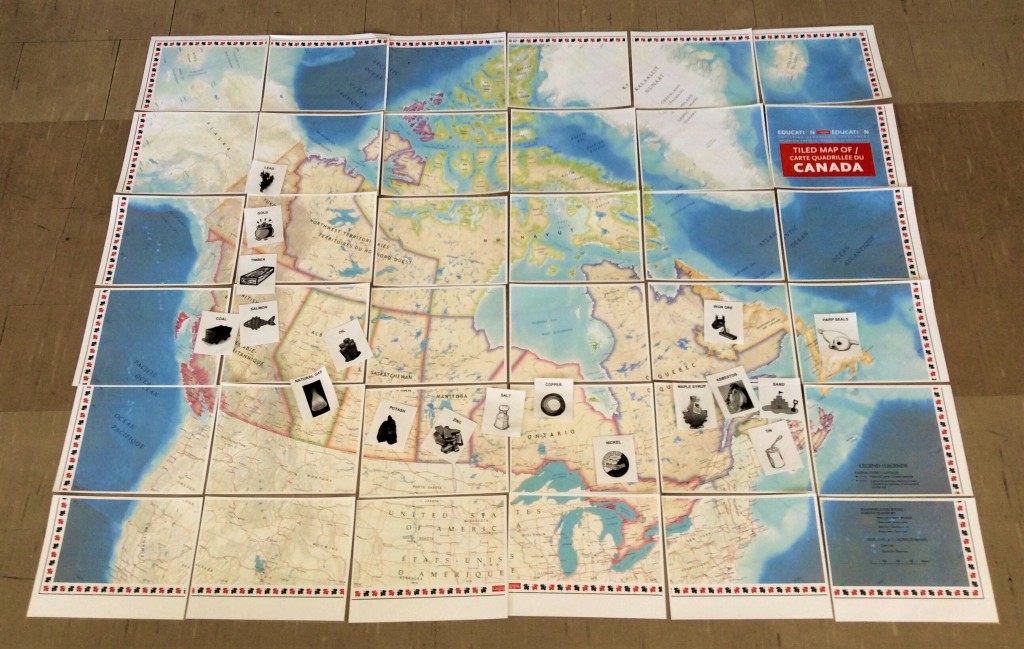
Following the success of this Geography lesson, I’m really looking forward to trying new ways to get the students moving around during their learning!
